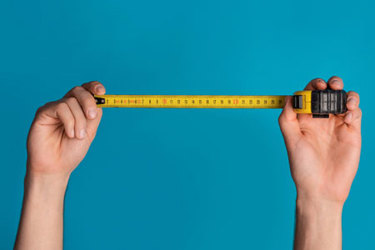How To Size An Advanced Oxidation System For A Variety Of Treatment Options

The UV advanced oxidation process (UV AOP) has been used in both drinking water and wastewater treatment for decades. While UV AOP technology continues to gain traction and prominence, there are few regulations or standards for it. For greenfield wastewater projects, this can make it difficult for engineers to specify equipment size when designing new treatment installations.
Improperly sized UV AOP installations can be a serious problem for a wastewater treatment operation. A system that is undersized can result in inadequate contaminant treatment and incomplete oxidation, which can cause compliance failures and pose risks to the environment and community. Conversely, an oversized system can incur excess energy costs and operational expense (OPEX) overruns.
Thankfully, engineers do not need to fly blind when sizing UV AOP systems. By relying on expertise, experience, and reasonable judgement, as well as working with the right vendor, it is possible to specify and design a system that fits both the treatment and budgetary needs.
Get unlimited access to:
Enter your credentials below to log in. Not yet a member of Water Online? Subscribe today.
